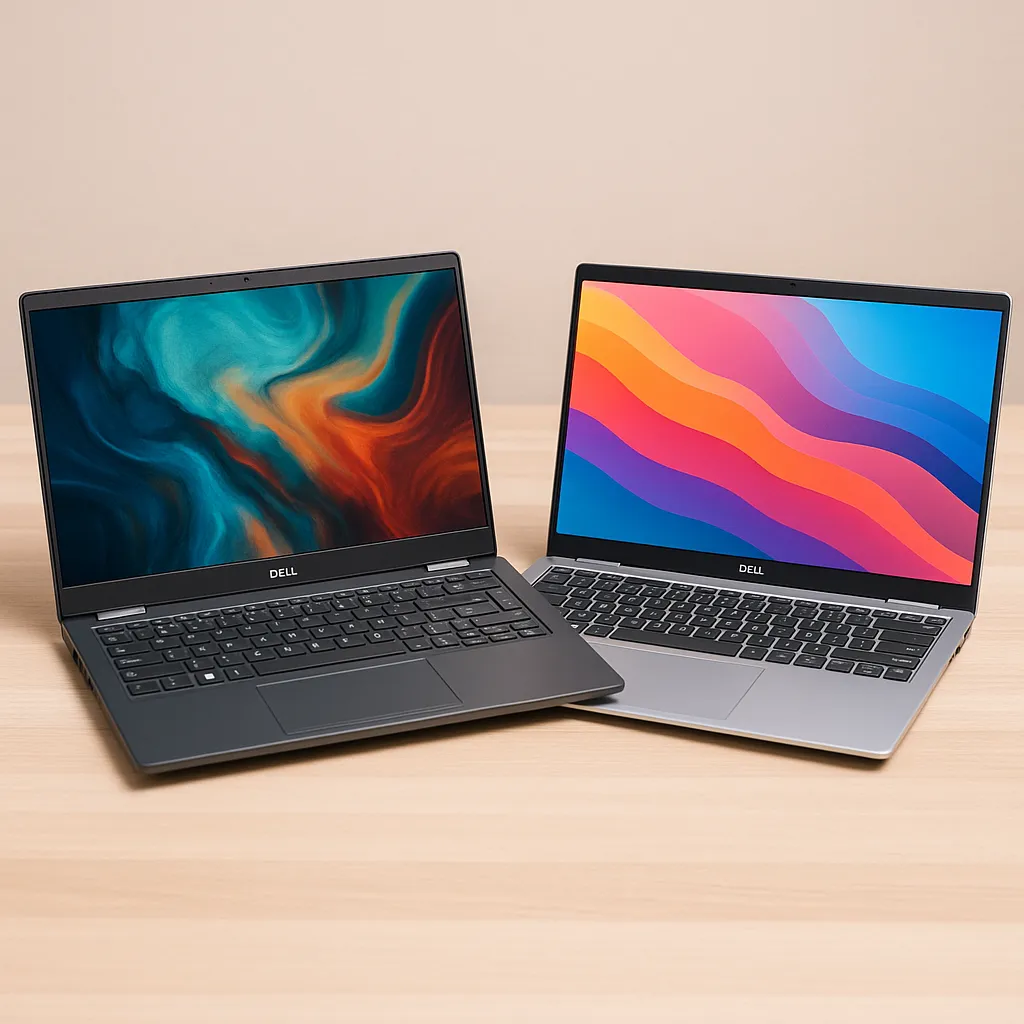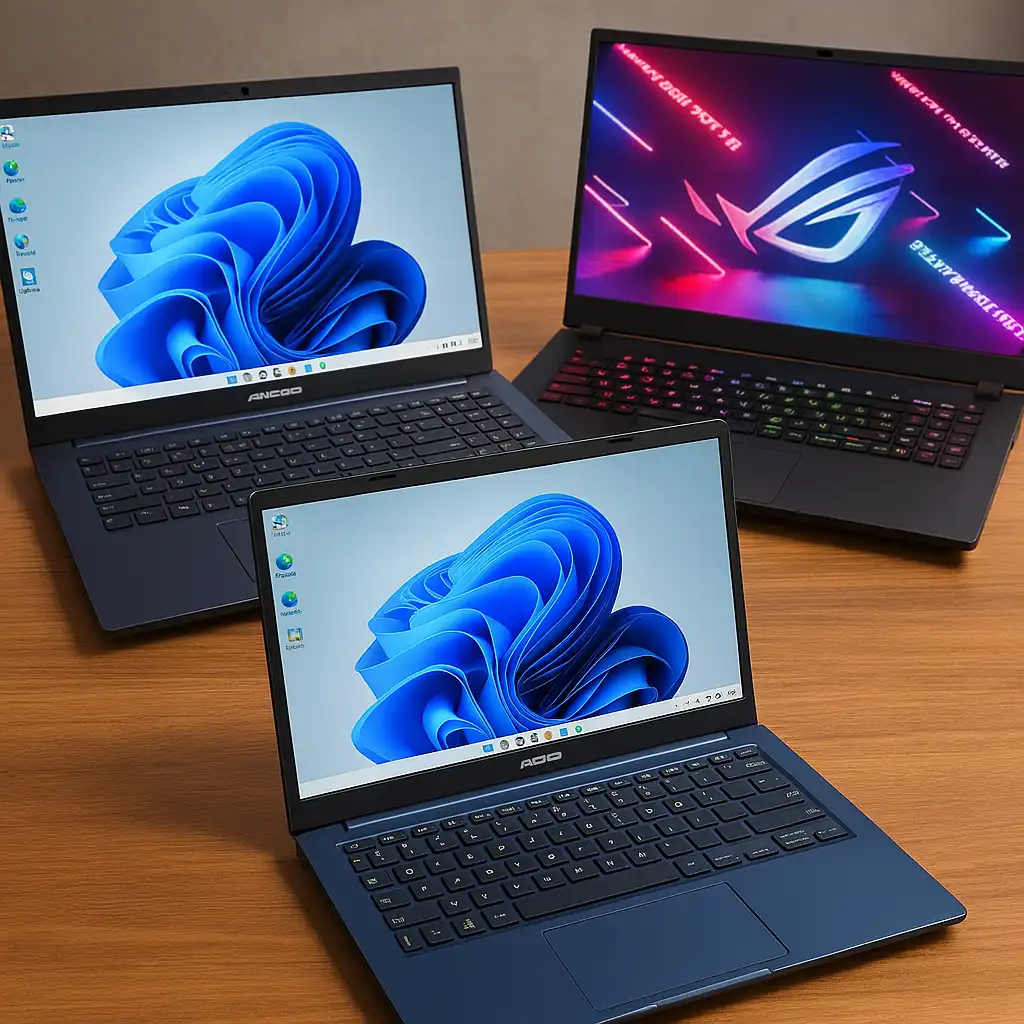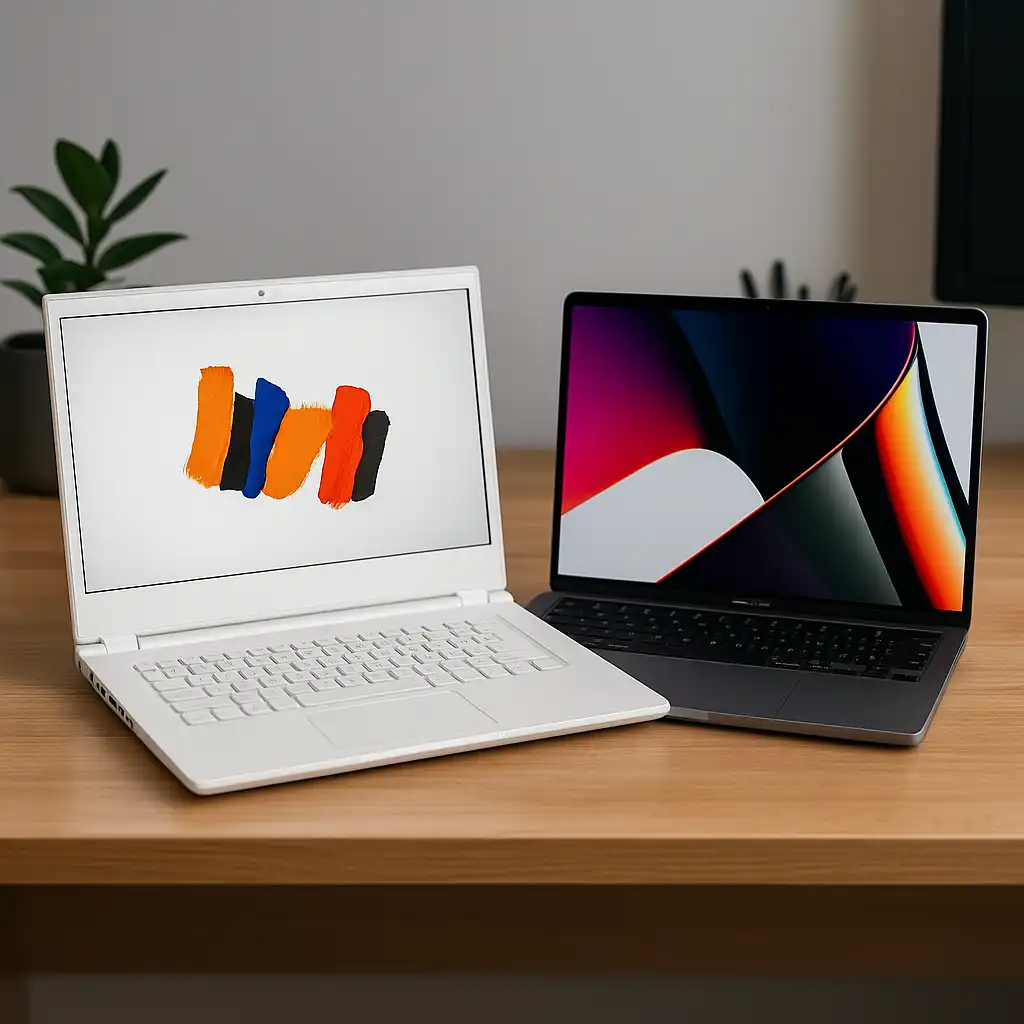What is the Difference Between Dell Latitude and Inspiron? A Practical Buyer’s Guide
Disclosure: This post contains affiliate links. LaptopVoyager.com participates in the Amazon Associates Program and may earn commissions on qualifying purchases, at no extra cost to you.
When you’re choosing a Dell laptop, the two names that usually come up are Latitude and Inspiron. But they’re not aimed at the same type of buyer. Latitude models are built for serious work, while Inspiron laptops are designed for everyday users who want solid performance at a good price. Knowing the difference can help you avoid paying for features you’ll never use—or missing out on ones you need.
Latitude: Business-Focused and Built to Last
According to Dell’s specs and plenty of buyer feedback, the Latitude series is designed with professionals in mind. These laptops are about function over form. Expect long battery life, excellent security features like fingerprint readers and smart card access, and a focus on durability. Many models meet military-grade durability standards, making them a solid choice if you’re working on the go or in tougher environments.
The design, however, tends to be fairly basic. Latitude laptops aren’t flashy—they’re practical, sturdy, and reliable.
Inspiron: Everyday Performance for Students and Home Users
Inspiron laptops are geared towards everyday tasks like browsing, streaming, and schoolwork. They typically offer more modern, consumer-friendly designs with brighter displays and lighter builds. Based on buyer reviews, Inspiron models are popular with students, remote workers, and families who need an affordable laptop that covers the basics.
While they handle multitasking and media playback well, Inspirons don’t have the same advanced security options or rugged design found in Latitude models. They’re also less likely to withstand years of heavy business use.
Battery Life, Software, and Practical Performance
Many users report that Latitude laptops last a full workday on a single charge, especially with mid-range or higher models. They’re designed to manage power efficiently, making them great for long meetings or travel days.
On the other hand, Inspiron laptops tend to offer mixed battery performance depending on the specific model. Entry-level Inspirons often need recharging before the end of a typical day, but higher-end models can compete with business laptops for battery life.
Both laptop lines run Windows and handle typical productivity software easily. But Latitude laptops usually come pre-loaded with Dell’s business software tools, which some casual users may not need.
Price and Long-Term Value
Inspiron laptops are generally cheaper, often by several hundred dollars. They’re ideal for people who don’t need business-level durability or security features. If you’re a student, casual user, or someone working from home, an Inspiron could be all you need.
Latitude laptops are more expensive upfront but designed to last longer. For professionals who want reliability over time, this can be worth the higher cost. Many companies buy Latitude models expecting 4–5 years of dependable use.
Conclusion
Choosing between Dell Latitude and Inspiron comes down to your needs. Go with Latitude if you want a tough, business-focused laptop that’s built to last. Pick Inspiron if you’re after a budget-friendly laptop that handles everyday tasks without overcomplicating things. Both are solid choices—you just need to match the laptop to your workload.







